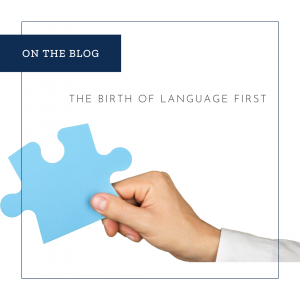
What we observed in the early years became less apparent as students moved into upper primary and middle school grades. We began to wonder if the change had something to do with a shift in the way students were using Spanish and English. Whenever possible, they used English – the societally dominant language – to interact with content and one another. Even students who entered the program as balanced bilinguals or as Spanish-dominant participated in what we began calling “English take-over.”
We questioned whether or not we were unconsciously, or even consciously sending the message that English was more valuable than Spanish. Our program design meant English instructional time increased dramatically beginning in third grade and continued through secondary. Instruction involved extensive preparation for state standardized testing in English and less focus on Spanish language development. In fact, many teachers believed that students should respond as much as possible in English, even during Spanish instructional time.
As we reflected, we wondered why our program design and instructional practice favored English. After all, research on dual language immersion student outcomes in the United States showed that academic achievement in English wasn’t the issue, minority language proficiency was. Dual language immersion student outcomes on standardized measures in English were similar to or better than that of their peers in traditional educational programs. Minority language proficiency, on the other hand, was concerning, as it was characterized by grammatical errors and anglicized syntax (structure).
Based on research, we began developing and implementing program guidelines, instructional frameworks and tools underpinned by teaching practices that allotted more time and energy to Spanish language development. While English outcomes didn’t waiver, Spanish proficiency increased. Though only anecdotal, teachers also recounted stories that pointed to a resurgence of global empathy. Determined to expand our vision further, we left our roles and founded addalingua, an organization dedicated to empowering teachers to inspire global empathy through dual language immersion education.
Through addalingua, we had the privilege of establishing long-term relationships with a cohort of schools across the country. Since 2009, they have followed our minority language-centered approach to dual language immersion education by upholding program standards, participating in a progression of dual language immersion-specific professional learning, and implementing common Spanish instructional frameworks and resources. Because of these relationships, our approach evolved, informed by regular teacher feedback, student data, and countless hours of classroom observations. In 2020, we officially named our approach Language First. And since early 2020, we have adapted the original whole-school approach specific to Spanish by making it accessible for individual educators teaching in any minority language.
In doing so, we’ve expanded our community, inviting all dual language immersion (DLI) educators on this Language First journey with us. Whether DLI educators explore our website and access the free Language First toolkit, or they join us in our addalingua Language First professional learning courses, there’s something for all.
If your program desires a refocus on minority language development so it can better deliver on its promises, reach out to us. We are confident that by putting the minority Language First, you’ll transform not only your practice, but maybe even your students’ lives.
Learn more by watching our Language First webinar: link here.


